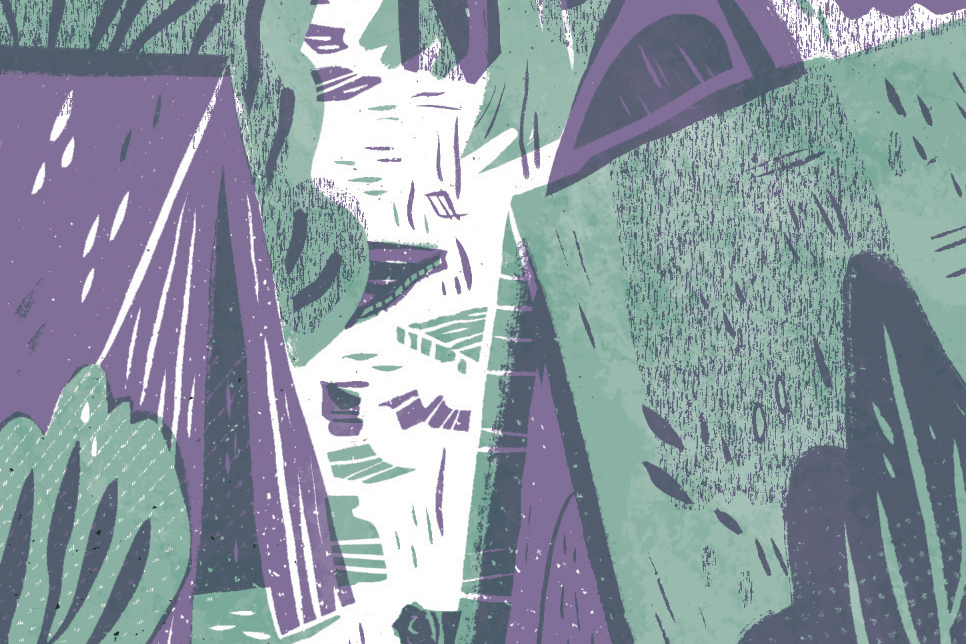Gribbles are destroying Seattle’s seawall. And it’s serious. So serious, in fact, that the Seattle City Council on Monday unanimously voted to stick a $290 million bond on the Nov. 6 ballot to rebuild the seawall and two city-owned piers. All this, of course, raises the question: What the hell is a gribble?
First, a bit of wormy context: The seawall has protected Seattle’s waterfront for more than 70 years, according to the city. But major parts of it have been eaten away by saltwater and marine borers like gribbles, making it vulnerable to earthquakes. Were the seawall to fail, “our city’s front porch,” as the city puts it, could be severely damaged.
Sounds scary, right? And it is. But Dr. Megan Dethier, a research professor who studies marine intertidal ecology at the University of Washington’s Friday Harbor Laboratories, says gribbles, despite the dangers they pose to wood, are actually “amusing critters.” An isopod crustacean from the family Limnoriidae with roughly 56 different species, the gribbles wreaking havoc on Seattle’s seawall eat wood in and around ocean water. Dethier says there are three species of gribble locally, and the wood-devouring creatures are likely “very prevalent.”
Remote relatives of shrimp and crabs, Dethier points out, gribbles are also related to the run-of-the-mill pill bugs, roly-polies, or potato bugs found under rocks in your yard. Typically measuring only a few millimeters, gribbles are the creatures responsible for the burrowed holes found in most pieces of driftwood. “They can basically make [wood in or near the water] crumble,” says Dethier. She estimates the time it would take gribbles to devour an untreated piling or pier as “years, not decades.”
Freakier still, Dethier says gribbles can’t be stopped altogether. They can, however, be slowed by wood-preserving agents like creosote. Or engineers can just use a material like concrete. Despite their ferocious powers, Dethier reports gribbles can’t eat concrete.
“The bottom line is gribbles are serious pests,” says Dethier, “especially for old wood.” And seawalls.







